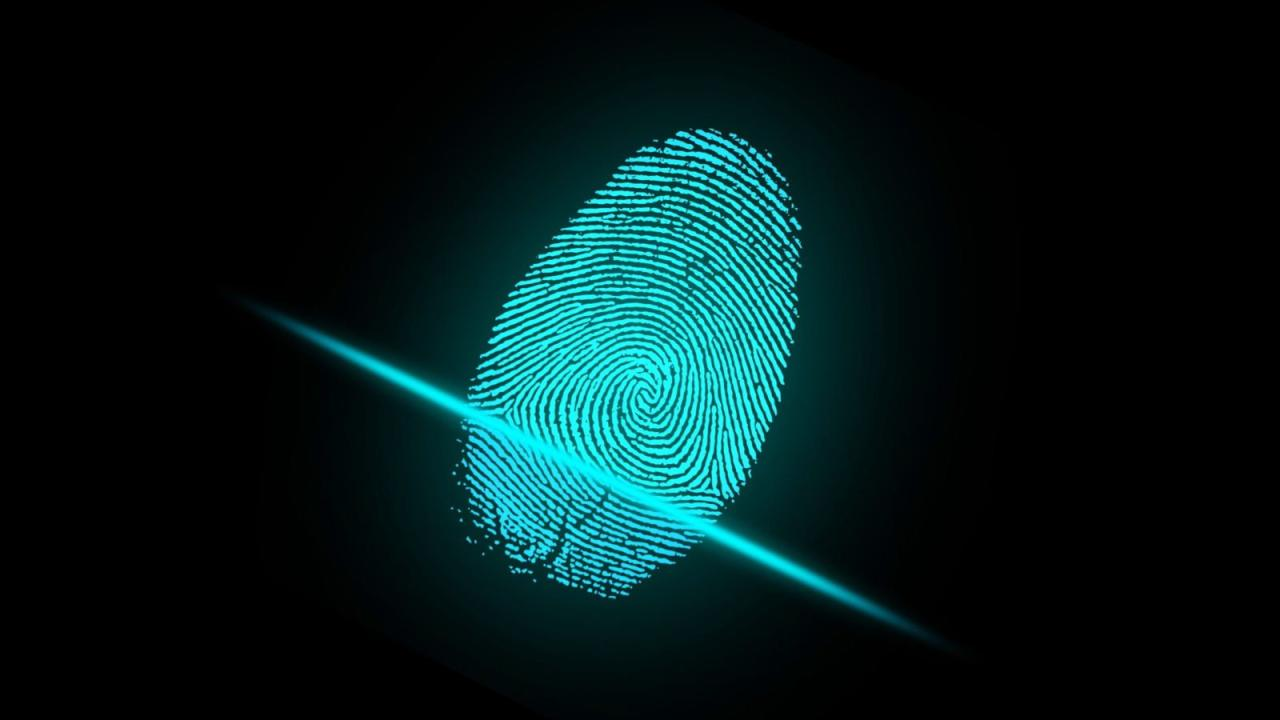What could happen where a subordinate concept is represented by a generic concept?
I attended a FIDO Alliance seminar on 7/Dec in Tokyo, where I heard FIDO staff confirm that, when they said “Password-less Authentication”, “Password” actually meant “Password Used Online” That is, at FIDO Alliance, “Password-less Authentication” means “OnlinePassword-less Authentication”
https://www.sbbit.jp/eventinfo/42434/
Passwords used locally on devices are outside the scope of FIDO’s “Password-less Authentication”. As a matter of fact, FIDO people are apparently aware that the password is heavily relied upon and is actually being broadly used as a fallback means against false rejection of biometrics as well as on its own.
It is not certain, though, whether vendors of FIDO-certified products are aware and accordingly explain to consumers that the biometrics used with a fallback password brings down the security that the password-only authentication has so far provided.
I could not find on FIDO-related publications a clear-cut distinction between “multi-entrance/in-stead-of/in-parallel/disjunction/EitherOr” and “multi-layer/in-addition-to/in-series/conjunction/AllAnd” for the deployment of multiple authentication factors.
Anyway, where “OnlinePassword-less Authentication is represented by “Password-less Authentication”, “Elderly People” could be represented by “People” and “Cybercrime” by “Crime”, couldn’t it?. Leaving this kind of awkward rhetoric to smalltime politicians, I would expect the people in charge to do the needful to sort out this confusing situation.

Remark: The phrase 'in addition to' used in NIST Guidelines (*) obviously has the same meaning as 'multi-layer/in-series/conjunction/AllAnd'.
* https://nvlpubs.nist.gov/nistpubs/SpecialPublications/NIST.SP.800-63b.pdf
On Page 17
* "When biometric authentication meets the requirements in Section 5.2.3, the device has to be authenticated in addition to the biometric — a biometric is recognized as a factor, but not recognized as an authenticator by itself."
On Page 37
5.2.3 Use of Biometrics The use of biometrics (something you are) in authentication includes both measurement of physical characteristics (e.g., fingerprint, iris, facial characteristics) and behavioral characteristics (e.g., typing cadence). Both classes are considered biometric modalities, although different modalities may differ in the extent to which they establish authentication intent as described in Section 5.2.9. For a variety of reasons, this document supports only limited use of biometrics for authentication. These reasons include:
- *The biometric False Match Rate (FMR) does not provide confidence in the authentication of the subscriber by itself. In addition, FMR does not account for spoofing attacks.*
- *Biometric comparison is probabilistic, whereas the other authentication factors are deterministic. *
- *Biometric template protection schemes provide a method for revoking biometric credentials that is comparable to other authentication factors (e.g., PKI certificates and passwords). However, the availability of such solutions is limited, and standards for testing these methods are under development. *
- *Biometric characteristics do not constitute secrets. They can be obtained online or by taking a picture of someone with a camera phone (e.g., facial images) with or without their knowledge, lifted from objects someone touches (e.g., latent fingerprints), or captured with high resolution images (e.g., iris patterns). While presentation attack detection (PAD) technologies (e.g., liveness detection) can mitigate the risk of these types of attacks, additional trust in the sensor or biometric processing is required to ensure that PAD is operating in accordance with the needs of the CSP and the subscriber *
Therefore, the limited use of biometrics for authentication is supported with the following requirements and guidelines: Biometrics SHALL be used only as part of multi-factor authentication with a physical authenticator (something you have).
Hitoshi Kokumaiの記事
ブログを見る
I today take up this The Register report - “Client-side content scanning as an unworkable, insecure ...

Some friends directed my attention to this news report - · “Biometric auth bypassed using fingerpri ...

Another topic for today is “Passwordless made simple with user empowerment” · https://www.securitym ...
この職種に興味がある方はこちら
-

塾講師 アルバイト 個別指導/事務スタッフ
次の場所にあります: beBee S2 JP - 1時間前
ナビ個別指導学院 大垣校 大垣市, 日本 パートタイム雇用形態 · アルバイト · 職種・指導形態 · 個別指導 · 事務スタッフ · ※個別指導のほか、授業以外の雑務や、自習室の対応をお願いすることがあります。 · 給与 · 1コマ90分1,700円〜2,200円 · 時給で1134~1467円 · 最寄駅 · 東大垣駅より徒歩27分 · 大垣駅より徒歩48分 · 横屋駅より徒歩51分 · 大垣フォーラムホテル徒歩3分 · 待遇 · 研修期間中は1コマ(90分)1450円 · 授業以外の雑務、自習室対応の場合は、時給950円 · 昇給あり 正社員登用あり · 仕事内容 · 自分自身のことを振り返りノウハ ...
-

美容師/美容師(スタイリスト)
次の場所にあります: beBee S2 JP - 2日前
アートネイチャー 豊橋店 豊橋市, 日本 正社員更新日: · 【業務内容】当社サロンをご利用いただいているお客様に対し、ヘアカットやスタイリングを行ない、ウィッグでキレイになっていただくお仕事です。完全予約制、個室での接客ですので、落ち着いてお仕事ができる環境です。 · 【雇用形態】 正社員 · 【勤務地】JR・名鉄線「豊橋駅」東口(表駅)より徒歩2分のヘアサロン · 【給与】■スタイリスト · 月給 235,00円~270,000円 · ※上記に調整手当10,000円(ただし、入社後12か月間に限り支給)を含む。 · ※インセンティブの支給の有無・金額にかかわらず一律10,000円を支給します。 ...
-

保育士
次の場所にあります: beBee S2 JP - 6日前
しおどめ保育園三郷中央 三郷市, 日本 TEMPORARY【しおどめ保育園三郷中央 求人ポイント】 · ◆つくばエクスプレス 三郷中央駅から徒歩で15分 · JR武蔵野線 三郷駅から徒歩で22分 · ◆月給 193,920円 ~ 220,000円 · ◆園児定員:19名(1~2歳) · ◆賞与年3回3.75ヶ月 · ◆小規模保育室の保育士 · ----- · 勤務地 · ----- · 埼玉県三郷市中央5-30-7 · ----- · 最寄り駅 · ----- · つくばエクスプレス三郷中央駅 徒歩15分JR武蔵野線 · 三郷駅 徒歩22分 · ----- · 園名 · ----- · しおどめ保育園三郷中央 ...
コメント